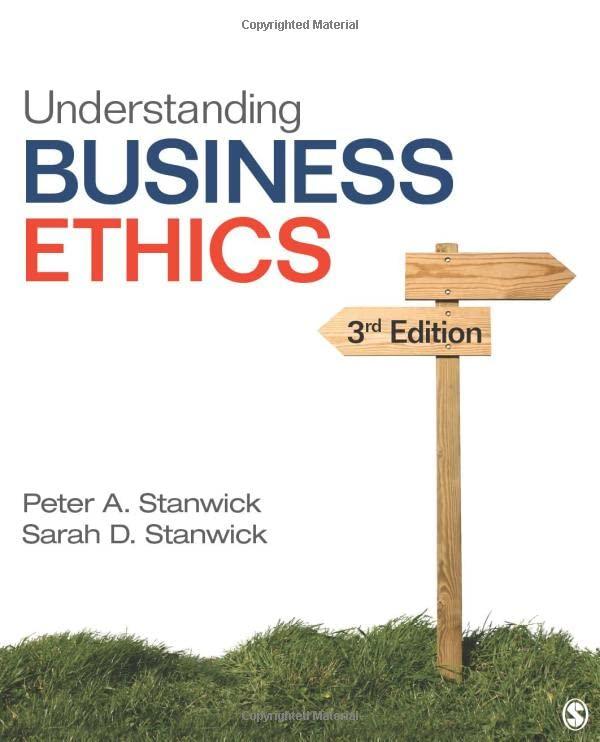Answered step by step
Verified Expert Solution
Question
1 Approved Answer
D-J Composites Dispute Just before Christmas on 20 December 2016, American-based D-J Composites, an aerospace firm, locked out approximately 30 employees in Gander. These employees
D-J Composites Dispute Just before Christmas on 20 December 2016, American-based D-J Composites, an aerospace firm, locked out approximately 30 employees in Gander. These employees were represented by their union, Unifor, Local 597. The main areas of contention between the parties related to wages and job security. There was even media discussion that the employer was seeking wage concessions as well as reductions in the union-seniority provisions. At the time of the labor dispute, the pay level for D-J Composites workers was about $16.50 an hour relative to the national average of $35 for Unifor members employed in the aerospace sector. The relationship between the parties was contentious. The employer was, on two occasions, found by the Newfoundland Labour Relations Board to have engaged in unfair labor practices and bad-faith bargaining. The union, in media stories, referenced that the employer was union busting. About 10 months into the strike, in October 2017, the parties were making very little headway toward a settlement. While conciliation had been provided to the parties since August, the government announced, following a request from the union, the appointment of an independent mediator. Despite these third-party interventions, the dispute continued on with little progress toward a settlement.
Step by Step Solution
★★★★★
3.56 Rating (153 Votes )
There are 3 Steps involved in it
Step: 1
1 The work stoppage at DJ Composites can be analyzed through the lenses of the three main theories o...
Get Instant Access to Expert-Tailored Solutions
See step-by-step solutions with expert insights and AI powered tools for academic success
Step: 2

Step: 3

Ace Your Homework with AI
Get the answers you need in no time with our AI-driven, step-by-step assistance
Get Started


